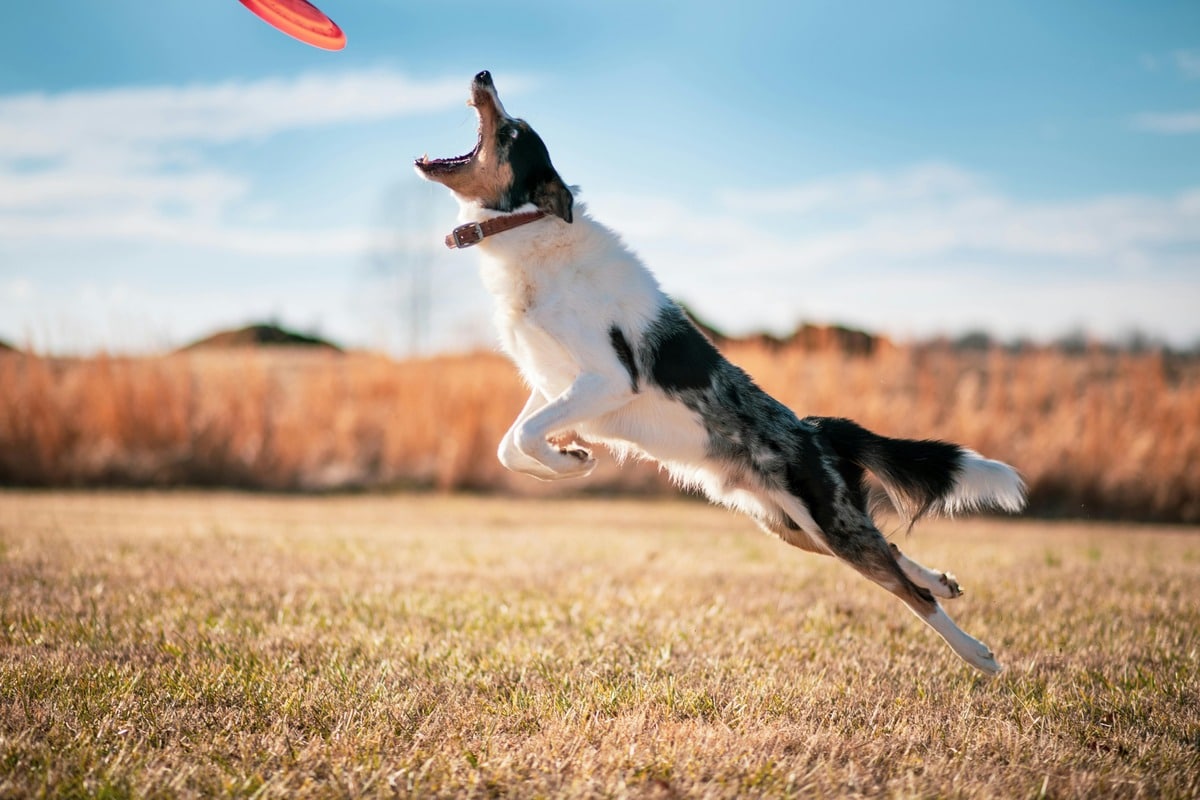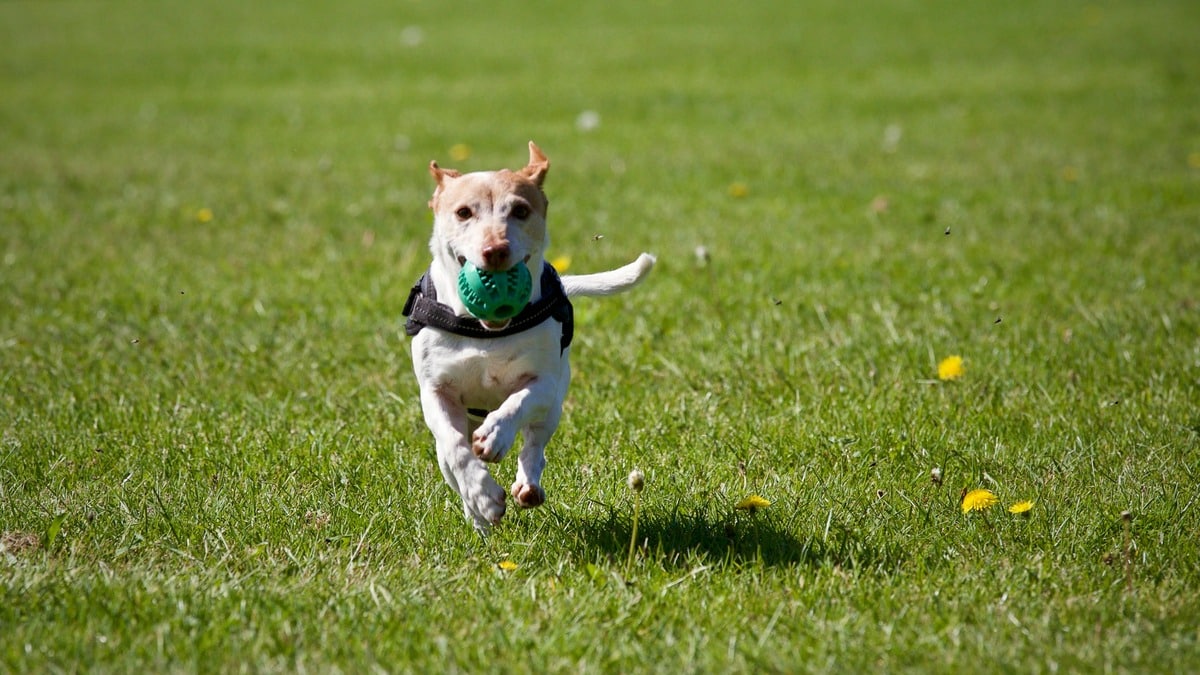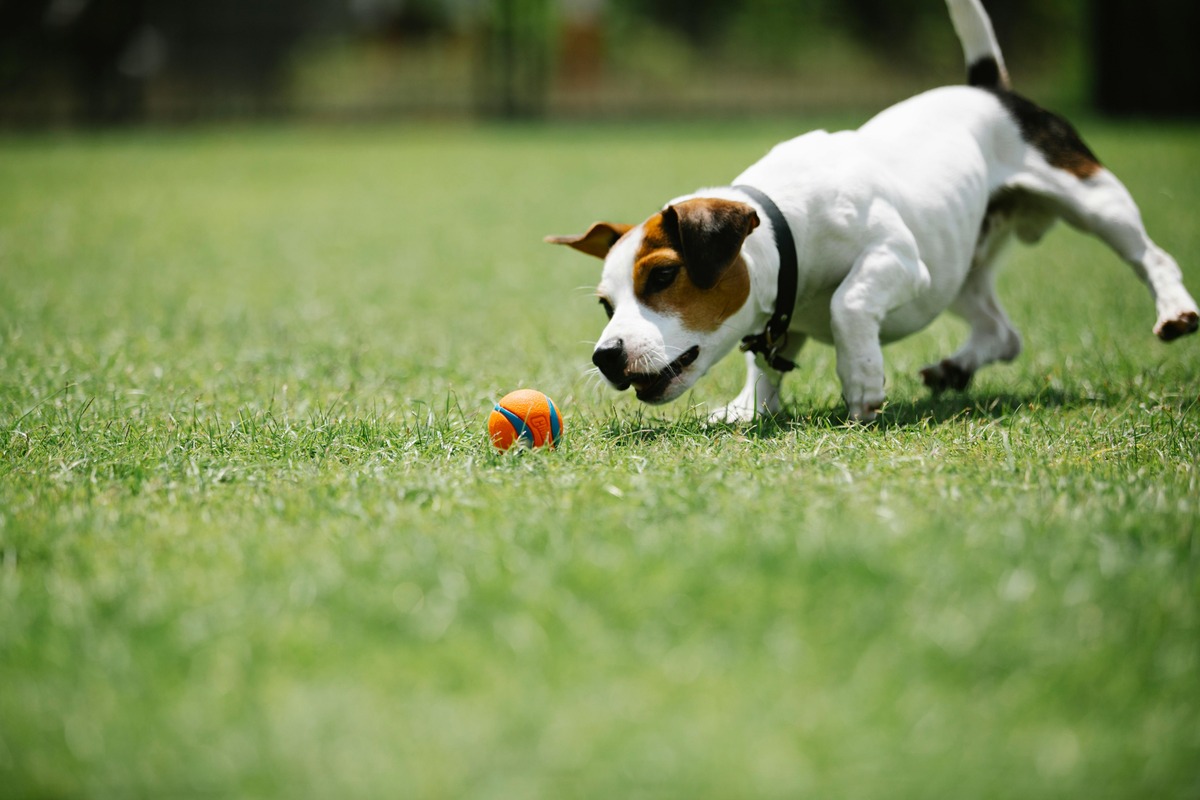
The Best Exercise Routine for Your Dog’s Breed
Keeping your dog fit and active is essential for their overall health, happiness, and longevity. However, not all breeds have the same dog exercise needs. While some dogs thrive on vigorous daily exercise, others prefer moderate activities. Understanding your dog’s specific needs will ensure they stay healthy, stimulated, and well-behaved. In this guide, we will explore the best workout routines tailored to different dog breeds. This will ensure that your furry companion stays physically and mentally engaged.
Why Exercise is Important for Dogs
Dogs, just like people, need exercise. It helps them stay at a healthy weight, keeps their hearts strong, and stops behaviour problems. Regular exercise helps to:
- Improve muscle tone and joint flexibility
- Enhance mental stimulation and prevent boredom
- Reduce the risk of obesity and related health issues
- Strengthen the bond between pet and owner
- Reduce anxiety and destructive behaviour (such as chewing and excessive barking)
- Prevent degenerative joint conditions in senior dogs
Understanding your dog’s breed-specific activity levels is crucial. It determines the right amount and type of exercise they require. A well-exercised dog is a happy and well-behaved dog.
Understanding Breed-Specific Exercise Needs

Different dog breeds have varying levels of energy, stamina, and physical capabilities. Below, we categorise dogs based on their activity requirements and suggest the best workouts for dogs.
High-Energy Breeds
Breeds like Border Collies, Australian Shepherds, Siberian Huskies, Belgian Malinois, and Jack Russell Terriers have a lot of energy. These dogs need a lot of physical and mental activity. This helps them stay happy and prevents behaviour issues.
Ideal Exercises:
- Running and Jogging: A great way to burn off excess energy.
- Agility Training: Engages their body and mind while teaching discipline.
- Hiking: Provides a mix of physical and sensory enrichment, perfect for adventurous dogs.
- Fetch with Variations: Incorporating jumps and obstacles makes it more challenging.
- Tug-of-War: Builds strength and provides an outlet for their energy.
- Dog Sports (Flyball, Canine Freestyle, or Dock Diving): Structured activities that stimulate both body and mind.
Moderate-Energy Breeds
Breeds such as Golden Retrievers, Labradors, Cocker Spaniels, and Standard Poodles are in this group. They enjoy activity but do not need excessive amounts of it.
Ideal Exercises:
- Daily Walks (45-60 minutes): Helps maintain a healthy weight and mindset.
- Swimming: Excellent for joint health and overall fitness.
- Playtime with Other Dogs: Socialisation while being active.
- Basic Obedience Training: Stimulates their mind while incorporating light exercise.
- Scent Work Games: Encourages mental engagement while letting them use their natural instincts.
Low-Energy Breeds
Breeds such as Bulldogs, Pugs, Shih Tzus, and Basset Hounds have lower stamina and may not require extensive workouts. Over-exercising these breeds can lead to overheating or joint problems.
Ideal Exercises:
- Short Walks (20-30 minutes): Prevents obesity and maintains mobility.
- Gentle Play Indoors: Activities like hide-and-seek or food puzzles.
- Slow-Paced Fetch: Encourages movement without overexertion.
- Treadmill Walking: Helps maintain activity levels in poor weather conditions.
Giant Breeds and Their Unique Needs
Dogs like Great Danes, Mastiffs, and Saint Bernards have unique exercise requirements. While they are large and strong, they should avoid overly strenuous activities to protect their joints.
Ideal Exercises:
- Leisurely Walks: Helps prevent joint problems while keeping them active.
- Water Exercises: Low-impact and easy on their large frames.
- Puzzle Feeders & Mental Stimulation: Keeps them engaged without requiring high energy.
- Supervised Off-Leash Time: Allows them to move at their own pace.
Customising an Exercise Routine Based on Age

Age also plays a role in determining a dog’s exercise needs.
Puppies:
Puppies have bursts of energy but should avoid prolonged, intense activity to prevent joint and bone issues.
Best Exercises:
- Short walks (5 minutes per month of age)
- Gentle play sessions
- Socialisation outings (meeting new people and environments)
- Basic training (sit, stay, recall) to engage their minds
Adult Dogs:
Adult dogs do best with a routine. This routine should balance exercise and mental activities. The right balance depends on their breed.
Best Exercises:
- Structured walks or runs (according to breed needs)
- Play sessions with toys or other dogs
- Agility or obedience training
- Canine sports and swimming
Senior Dogs:
Older dogs need lower-impact activities to prevent arthritis and joint pain. Gentle, consistent movement helps keep them fit without straining their bodies.
Best Exercises:
- Slow, consistent walks
- Swimming (to reduce pressure on joints)
- Gentle stretching and massage
- Puzzle games to maintain cognitive function
Common Exercise Mistakes to Avoid
- Over-exercising: Some owners push their dogs too hard, leading to injuries and exhaustion.
- Ignoring Mental Stimulation: Physical activity is important, but so is engaging your dog’s mind.
- Inconsistent Routines: Dogs thrive on consistency, so establish a steady exercise plan.
- Not Considering Weather Conditions: Extreme heat or cold can be harmful. Adjust routines accordingly.
- Forgetting Breed-Specific Needs: A Chihuahua does not need the same workout as a Border Collie.
- Skipping Warm-Up and Cool-Down: Just like humans, dogs need to ease into and out of exercise.
Fun Ways to Spice Up Your Dog’s Exercise Routine
To keep your dog’s workouts exciting and varied, try incorporating:
- Interactive Toys: Puzzle feeders and treat-dispensing balls add a mental challenge.
- Obstacle Courses: Set up a small agility course at home or in the park.
- Scent Work: Hide treats around the house and encourage your dog to find them.
- Dog Yoga (Doga): Helps with flexibility and relaxation.
- Treadmill Training: A great option for rainy or extremely hot days.
Exercise Routines for Your Dog
Make sure your dog gets the right amount of exercise based on their breed-specific activity levels. It is key to their overall health and happiness. You can have a high-energy working dog or a relaxed companion breed. You need to tailor their workouts to suit their needs. This will enhance their quality of life and strengthen your bond with them.
By understanding your dog’s exercise needs, you can keep them fit, mentally sharp, and content. So grab that leash, lace up your shoes, and start making exercise a fun and rewarding part of your dog’s daily routine!